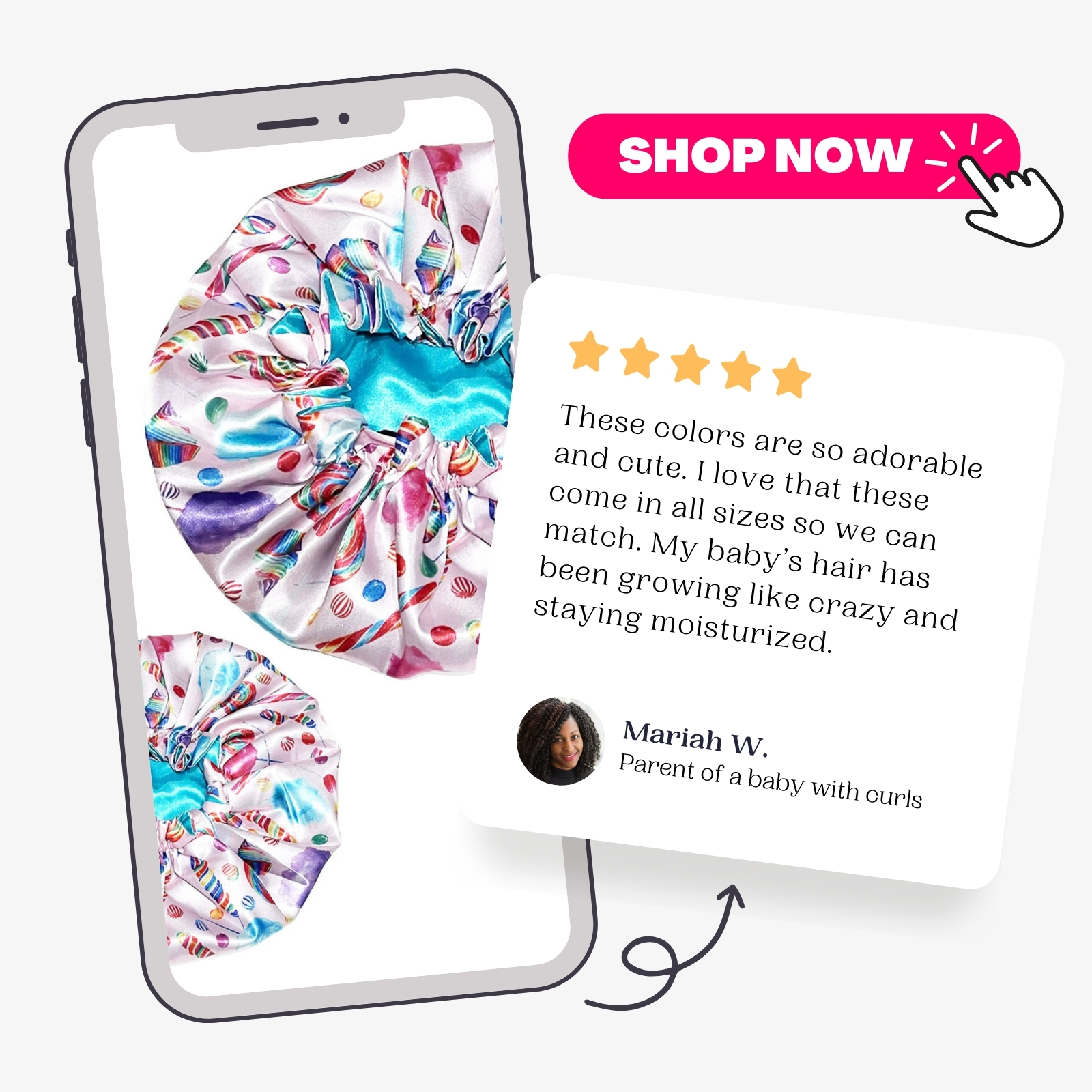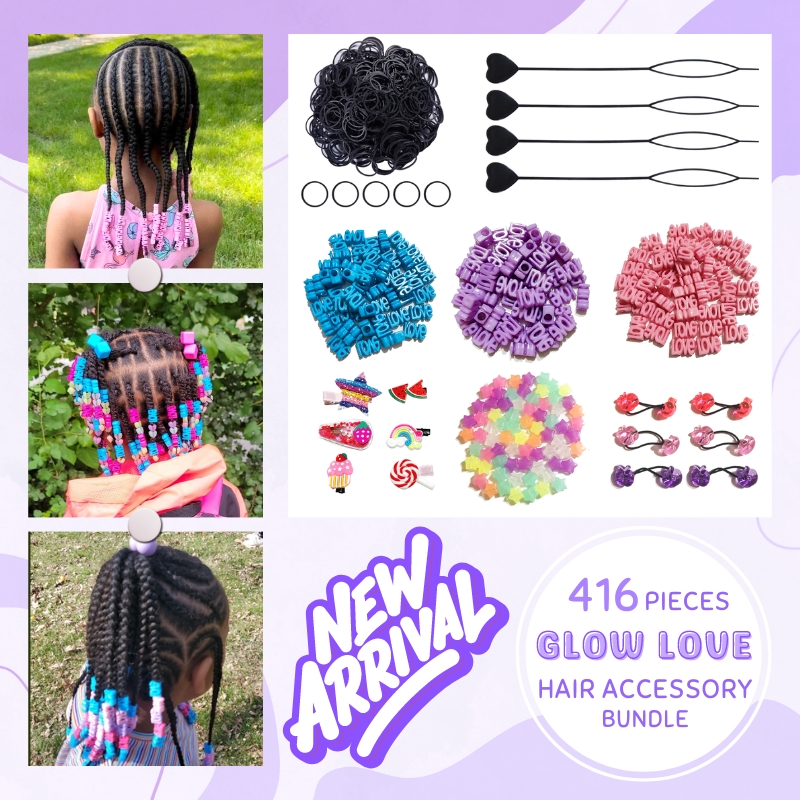
Hair Products
Best Shampoo for Your Child’s Natural Hair
Out of all the products you’ll acquire throughout your child’s natural hair journey, shampoo is one of the most valuable weapons you’ll ever have against unruly, untamed, product overloaded hair. Albeit, wash day can be a bit draining for both you and your child, it sets the foundation for healthy hair care in the days and nights to come.
Good shampoo leaves your child’s scalp clean and healthy, creating a stable environment for their hair to grow strong and to thrive. Shampoos make it easier for products to do the job that they are intended to do. They cleanse the scalp to prevent bacteria and product buildup. If the scalp isn’t cleansed, the pores in the scalp get clogged and can lead to irritation and itching.
On the flip side, if you aren’t using the right shampoo, your child’s hair can be stripped of all the hair’s natural oils leaving it dry, brittle and damaged. And we don’t want that.
So, when looking for a shampoo, there are a few things to consider:
Rule #1- Always choose sulfate-free cleansers.
You’ve probably seen the term printed on countless labels. So much so, you may disregard the message as yet another shiesty marketing attempt to jack up the prices for the “good stuff”. As tempting as it may be to ignore the advertisements, there are a number of reasons why you should steer clear of sulfate cleansers.
Sulfate = surfactants such as sodium lauryl sulfate & sodium laureth sulfate. Although you may have seen them used in shampoos in the past, new studies are now proving that they may be the source of scalp irritation. Originally added to shampoo for the same cleansing affects that dish soap has on greasy dishes and laundry detergent has on dirty clothes, these harmful sulfates do more cleaning and damage than your little natural’s hair needs.
While switching to sulfate-free varieties won’t instantly morph your child’s hair into a well-moisturized sheen of picture perfect curls, it will get you in the habit of choosing the right products for their hair keeping it healthy and thriving.
Finding the perfect product is pretty simple. Just take a few seconds to scan over the ingredients list. If the shampoo contains any of the following gentle surfactants, then you are good to go:
- Disodium laureth sulfosuccinate
- Sodium methyl cocyl taurate
- Sodium cocoul isethionate
- Sodium lauryl sulfoacetate
You may, however, want to avoid these red flag surfactants:
- Saponified oils
- Ammonium lauryl sulfate
- Sodium lauryl sulfate
- Ammonium laureth sulfate
- Sodium laureth sulfate
- Soap
- Sodium myreth sulfate
Don’t be intimidated by the scientific-sounding names. Make a simple check list before going shopping for products or do a quick search online for sulfate-free shampoos before purchasing a brand you’d like to try. Most products that you will find online list their ingredients, so you will be able to weed out the ones that are too harsh prior to shelling on money on them.
Rule #2- Balanced pH is a necessity.
Now for a little science lesson. In chemistry, pH is a numeric scale roughly between 0 – 14 that is used to measure the acidity or the alkalinity of a liquid. When a liquid has a pH less than 7, it is considered acidic (think vinegar and orange juice). A liquid with a ph greater than 7 is considered alkaline or basic (think bleach or baking soda). Liquids with a pH of 7 are considered neutral. Pure water is considered neutral since it is neither acidic or basic.
When chemists tested human hair, they tested the mantle. The mantle is a thin fluid that covers the hair strand and helps the hair maintain its moisture. It is made up of oil, salt and water and is mildly acidic (pH 4.5.- 5.5). This acidity in our natural hair prevents bacteria and fungi in the hair and scalp from thriving, and keeps the cuticle closed and healthy.
Shampoos with pH balancers are slightly acidic in order to aid in returning the hair back to its optimal pH of 4.5 – 5.5. You can identify these shampoos by looking at their ingredients. Ingredients such as citric acid, sodium hydroxide or triethanolamine are added to adjust the pH of the shampoo so that it works well with your hair.
Another great natural hair cleanser and pH restorer is apple cider vinegar. With a pH around 3, this acidic vinegar, when added to water, helps cleanse the hair and scalp as well as restore shine. Try adding 1/2 cup of apple cider vinegar with 3 cups of water to a spray bottle. Spritz your child’s hair with the solution, let sit for 5-10 minutes and rinse out. Be careful though. Apple cider vinegar in the eyes will cause burning and discomfort, so only use this solution on older children.
Rule #3 – Don’t forget the conditioner.
As we all know, moisture is natural hair’s best friend (or worst enemy, depending on how you look at it). You should take advantage of any and every opportunity you have to moisturize your child’s hair, this means conditioning their coils while you cleanse.
Believe it or not, there are conditioning shampoos out on the market. The secret is in the ingredients, i.e. cationics. Cationics grip to the hair strand during the shampooing process and remain on the hair long after the dirt and grime of the last few weeks has washed away. They also increase the effectiveness of your conditioner. Win, win!
Look for shampoos that include these cationics:
- guar hydroxypropyltrimonium chloride
- amodimethicone
- polyquaternium- 7, 10, 11, 44, and 47
Keeping those golden rules in mind, you’re already equipped with all the knowledge you need. But there’s always room to learn more.
With the right shampoo, and a regular wash routine, you’ll avoid some of the struggles of taming a wiggling head full of curls.
The term “natural hair” can cover a wide variety of types and textures so there’s no fool-proof formula for the best way to tame your little one’s mane. The best advice is to do what works for you. If you’re looking for a few good shampoos to begin your test-run, here’s a list of some popular shampoos for kids with natural hair:
- SheaMoisture Raw Shea Butter Moisture Retention Shampoo
- SheaMoisture Mango & Carrot Kids Extra-Nourishing Shampoo
- Carol’s Daughter CD4Kids Shampoo
- Mixed Chicks Kids Shampoo
- Bee Mine Moisturizing Shampoo
- Kinky Curly Come Clean Shampoo
- Curlie Cutie Cleansing Cream – Sulfate Free Cleanser
- Or, like we always stress, you can make your own shampoo.
What is your “holy grail” shampoo?




